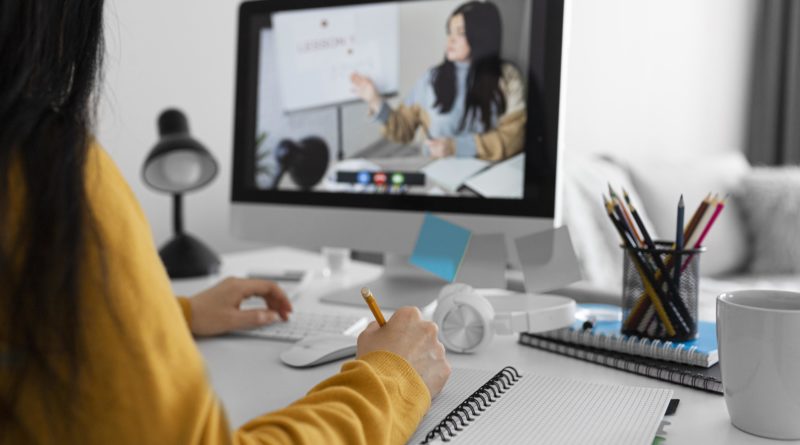Two Years of Pandemic, Zero Day of Physical Schooling
It’s 9 AM at a tiny apartment in a city where school is supposed to be in session. Eight year old kid is sitting at the dining table trying to login to his online classroom on the laptop. After few failed attempts, he manages to sign on to his second grade class, and as the teacher talks, he scribbles notes and suddenly the computer disconnects while teacher continues to keep teaching. He is frustrated as the laptop won’t start and ends up missing the entire day of school due to technical glitch.
In March 2020, government ordered a complete lockdown of schools and colleges to control the spread of Coronavirus. Everyone thought that it’s something temporary and soon things would go back to normal. At that time switching to remote virtual schooling as a short-term solution seemed like a good option. Kids were having fun because they no longer had to get up early and go to school, it was like an extended vacation for them. Millions of kids from across the world started schooling in a format that was never imagined – Zoom and Google Classroom.
However, the lockdown didn’t end, at least not for the kids, what has happened to the kids in the last 2 years is devastating, thought-provoking and isolating. Homes have been their entire worlds and don’t know till how long it will continue to be.
The Most Non-Vulnerable Group Suffered the Most
From the start of the pandemic, scientists maintained that children were the safest group and least vulnerable to the Covid effects. Even then, if you think about it, this least vulnerable group of people suffered the most in terms of mental fatigue, debilitated growth and social anxiety. After few months, offices opened, parks and malls opened, gyms and salons opened and yet schools remained shut.
A school is not just a place where kids go and learn from books, it’s an institution that is in charge of the holistic development of a child during their early years, preparing them for the challenges of the real world.
Similar to a tsunami that recedes from the coast, leaving an exposed stretch of land, this pandemic has exposed the inattention to children’s development needs – basic needs as exercise, outdoor time, socializing, play, even routine life. All of the challenges of trying to educate children remotely have now appeared as a dump left on the beach by receding wave, reeking and impossible to ignore. With a rise in social anxiety and indiscipline behavior of children, parents are realizing how flawed remote teaching is.
“Special” classes, such as music—as well as periods like recess, physical education, and even lunch—provide children with important opportunities for emotional growth and independent learning. For many children, they are what make school a fun place, a home away from home. By not having their teacher pat on their head when they get good grades, to not being able to hi-fi their friends when they win a match, kids are missing on social bonding and human connect that is very important for their growth.
School is not about getting good marks and passing from one grade to another, schooling is fundamentally a social process, during which the architecture of the developing young brain is constructed from emotional and intellectual connections with trusted teachers, mentors and friends.
As we muddle through the COVID-19 pandemic, we wait in anticipation, longing for a return to something close to normal for the kids who have lost more than anyone else – two years of their growing childhood, two years of their school life that they will never get back.
“In Hope We Wait, For A Better Future Tomorrow”

Pingback: Email marketing during challenging times - how to adjust? | Future Digital Marketing